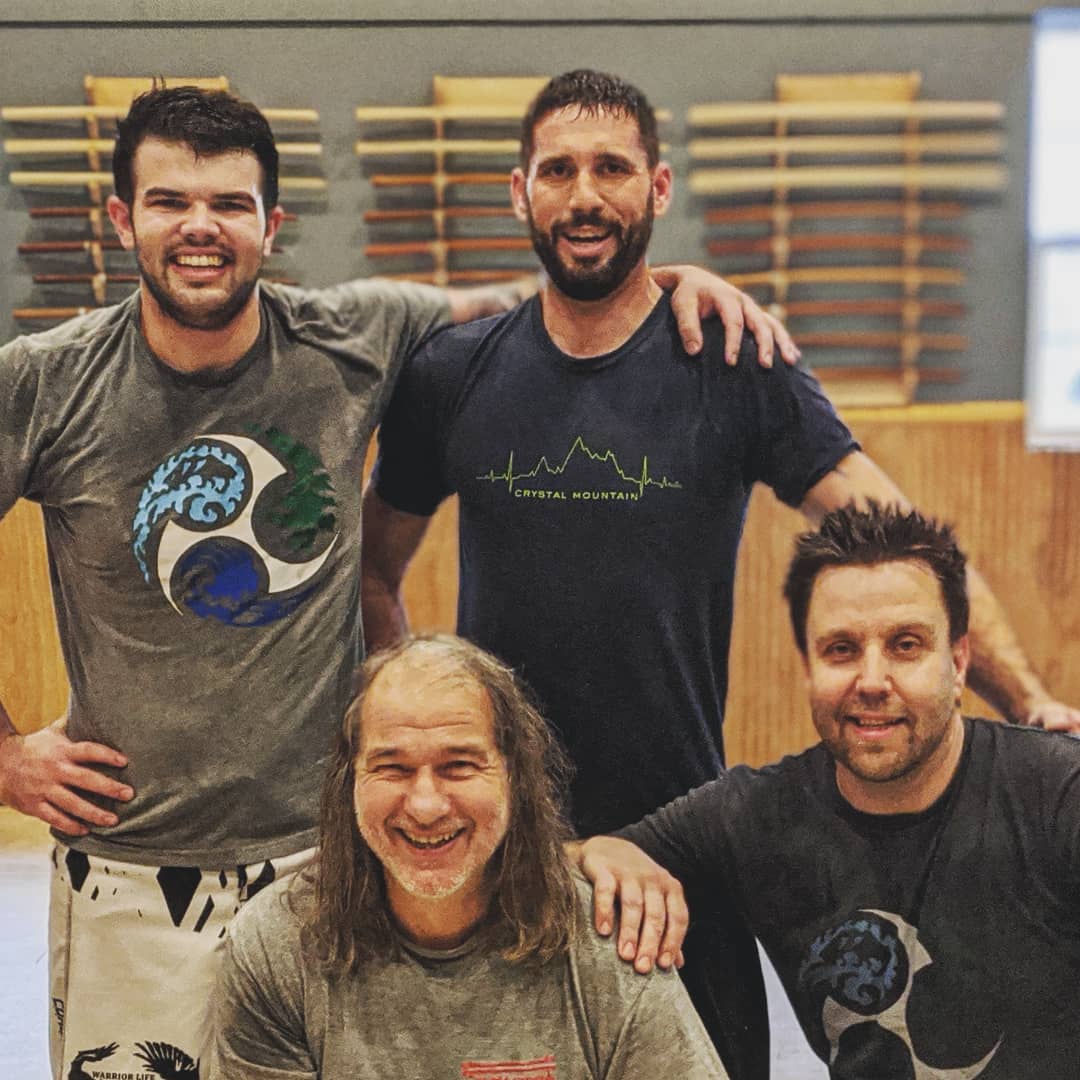You cannot practice Glima as if it were solely a martial art. It was a living, breathing part of early Scandinavian culture. Your Glima was your handshake, your interview. It gave you insight into a person’s character in the “flash” its name suggests. It kept your body warm and limber on the harsh, unforgiving seas or the fields in winter. Glima gave you a way to settle an argument with your neighbor. It made your sons and daughters strong while teaching them respect and restraint. The gods themselves wrestled Glima, and the heroes in the sagas fought famous matches. The earliest laws written in runes at the very founding of Viking civilization taught you how you should and should not behave when you are victorious.
Your father taught you Glima as his father had taught him. So, the tradition went unbroken until in 1916 an effort to broaden the appeal of Glima was made in hopes of it becoming an Olympic sport. Now called Belt Glima, competitors fight with hands closed around a special harness, and many of the more dangerous throws were banned. Within just two generations lausatök or freestyle Glima was nearly eradicated with its millennia of tradition. By the late 1980’s only two men, Thorsteinn Einarsson and Thorsteinn Kristiansson (80 and 90 years old respectively), were left practicing. After all but giving up hope that Glima would survive they found an eager student in Lars Magnar Enoksen who has single-handedly lead the revitalization of this proud tradition.
Lausatök Glima has very few rules. You win by standing over a fallen opponent free from his or her ability to reach you. It is forbidden to intentionally cause harm to a person wrestling in good faith, and both contestants must be willing. The winner must be humble and the loser gracious.
We consider ourselves truly lucky to be able to stand in an unbroken line stretching back to a time when fierce men battled the elements, explored vast reaches and held the western world in a grip of fear. We practice the way they did; with respect, joy and with the hope of carrying on another thousand years of history.

